Limed wood furniture is increasingly popular and is being seen in many recent publications. Also known as the whitewashed finish, it originated in Europe in the 1500s to protect the wood pieces from worm. Slaked lime was applied to the wood which, inadvertently, also gave it the decorative finish that became in vogue.
Luckily for us, we have less caustic ways of whitewashing. It is best to begin with a wood that has a more open grain, such as oak or ash. Other woods may be used, but they will whitewash differently, with the liming material collecting in the moldings rather than the grain.
Photo by Nicolas Matheus in Cote Sud
One method involves applying a good furniture wax mixed with pigment; Liberon makes an excellent product called Liming Wax. However, if the furniture is to be used in the kitchens, bathrooms or on floors where they will receive heavy use, this wax paste cannot be varnished for extra protection, so a water-based method would be used instead.
Photo by Lu Jeffery in British Homes & Gardens
With all of the excellent water-based products out now, this method would be the least caustic. I personally favor Stain and Seal by Faux Effects International. I thin the stain until I am happy with the amount of "whitening" on the sample piece, apply it with a brush or cheesecloth and then wipe off until satisfied. Here is a beautiful room with the limed walls taking center stage.
The New Eighteenth-Century Style by Michele Lalande
Great limed wood paneling in this John Saladino room!
Gotta love those plum walls! Timeless Interiors by Barbara Stoeltie
Of course, you can just put the bare wood piece outdoors and let nature do its thing.
Italian Style by Jane Gordon-Clark
I could not possibly end this post without reference to the now classic Veranda magazine cover with Edouard Vermeulen's pigmented, whitewashed wall:
I would call this perfection!
Veranda magazine
+web.jpg)














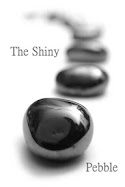


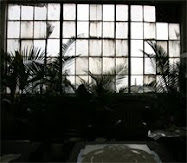



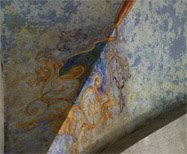

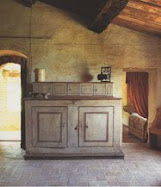
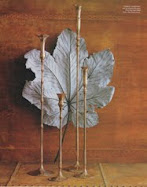








































Thank you, a great post, a favorite finish, Saladino, my favorite designer and Veranda, my favorite magazine, all in one post.
ReplyDeleteAwesome pictures! Love the look of the limed wood so much! here in Belgium we know since a rather lang time!!
ReplyDeletexx
Greet
I adore limed wood. Working with a client now that I want to show this to. thanks!
ReplyDeleteGina- If you'd like to see a bit more of Saladino, email me so I can send you a link.
ReplyDeleteThank you, Mona! Hope the client liked your suggestions!
The cover picture of Veranda magazine is so beautiful. I'm trying to learn how to paint it.
ReplyDeletePeggy-
ReplyDeleteIf you'd like, send me an email with the details of what you're working on and I'll try to guide you.
-Ann
Thank you so much for this info. I love the look of limed-wood and have several projects in mind using this technique.
ReplyDeleteHi there,
ReplyDeleteSherry from No minimalist here sent me over! I have been considering painting our wood floors white or grey but have heard such mixed reviews on how difficult they are to keep clean. So liming might be just the ticket. Have you heard of this done w/ floors very often?
Thanks a lot!
Shellagh
Ann, I too love Stain & Seal! I used it to give an old clawfoot tub a aged "zinc" look which you can see on my blog
ReplyDeletehttp://www.thegildedbarn.com/2009/09/rub-dub-dub-i-likes-me-tub.html
I have admired your work for some time and would love to take a class from you, especially one to complete work like you did on those groin ceilings! Gorgeous!!
i love the finish color combination on first photo, am in process of project that involves faux exposed brick and mud...would love to know what that wall above is composed of...
ReplyDeletelove your blog, am currently working on a project involving faux exposed bricks and love the above picture italian style by jane gordon clark, may i share on fb? thankx,zanne
ReplyDeleteI am trying to decide if the wood paneling in our dining room and kitchen would look right with a limed/white wash treatment. Our house is a 1970s ranch and our "look" is retro, MCM with a twist of funky and fun. (Heywood Wakefield dining set from the '40s, teak and vinyl side chairs, colorful art, etc.) But our dining room is soooo dark because of the wood paneling. Do you think the whitewash/liming is the wrong aesthetic for a home that is more retro rather than shabby chic? I would love your opinion :-)
ReplyDelete